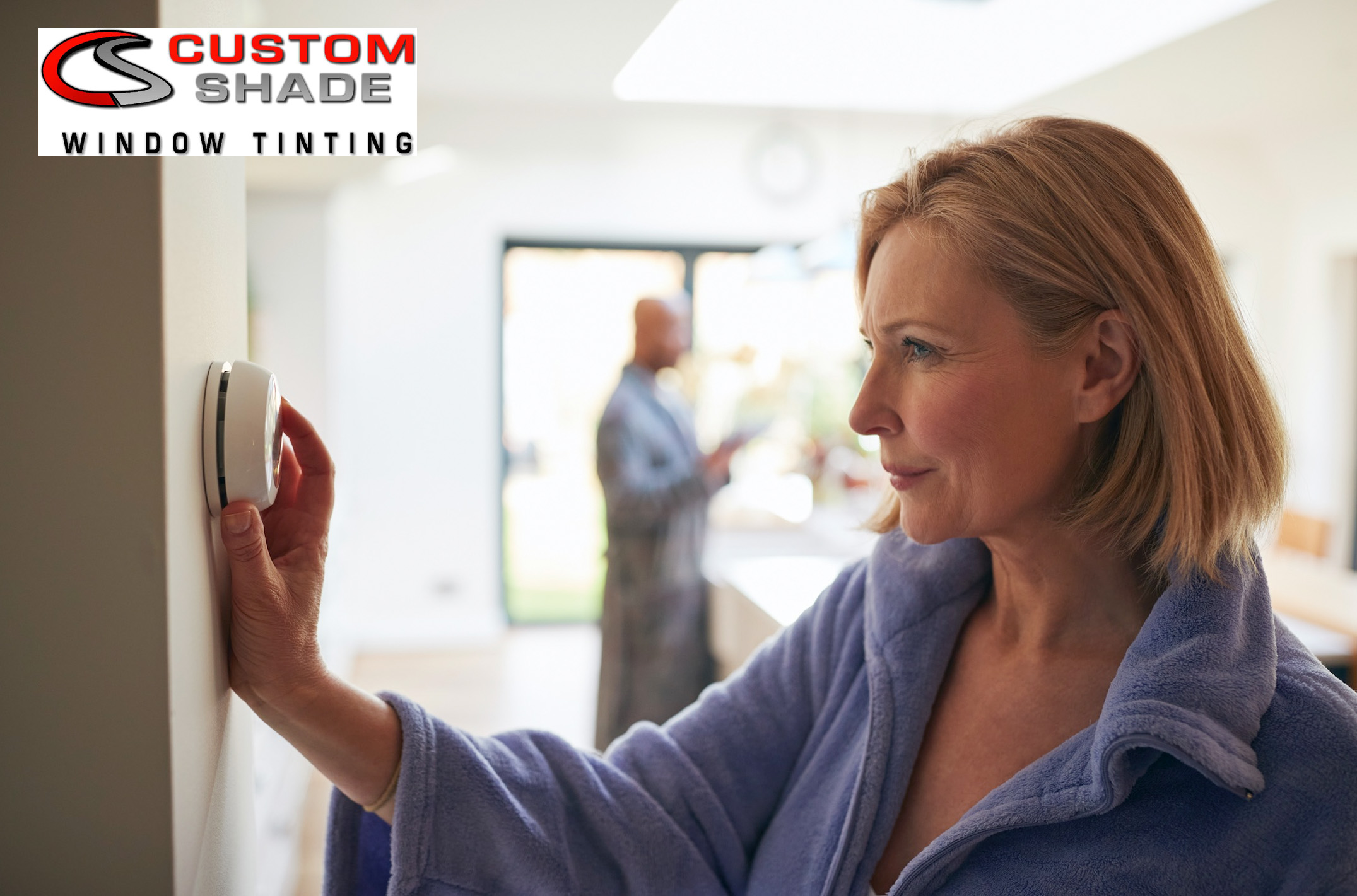
Are you aware of the benefits of glare reducing window film and why it might be even more important in the Winter months? We wrote this article to explain why glare is worse at this time of the year and how these innovative films can help.
It may seem counterintuitive, but it’s not your imagination, the sun’s light and glare actually appear brighter in the Winter. The reason is that from October through Spring, the sun is much lower in the sky and that presents itself as an irritating glare that you might not notice as much at other times of the year. This lower angle of the sun’s rays hitting your windows results in a corresponding lower angle light passed through into the space.
The combination of a brighter sun and the lower angle of the rays result in excessive glare that make a space less comfortable and make seeing a computer or television screen more difficult. Furthermore, when you combine this lower angle and brighter sun with reflection off water or snow, the resulting glare can be even worse. Finally, the leaves on tress that provide a barrier to glare in the warmer months are missing giving the sun an unobstructed path to your windows.
So, How Does Glare Reducing Window Film Help?
For these reasons, Winter is the best time to consider retrofitting your existing windows with a glare reducing window film. Much like a quality pair of sunglasses, window films can significantly reduce the glare and increase visibility and comfort without negatively impacting your views. In fact, when the glare is reduced, your eyes can actually relax and result in an enhanced view and a more comfortable home.
In addition, significant glare problems are often accompanied by the issue of faded floors, furniture and furnishings. The increased sun exposure brings in excessive UV and light which both are major contributors to fading. A great added benefit of window film is that it also will typically reduce 99% of the sun’s harmful UV rays and a portion of the visible light.
If you would like more information or have any questions about glare reducing window film, contact us at (417) 823-8715 or fill out a form HERE. We would be happy to provide a free, no obligation consultation and estimate of implementing these solutions in your Springfield, Missouri area space.








 Most people do not want to sacrifice their views and the open feeling of their home to protect their furnishings from the sun, so what can be done? One of the best ways to attack the 3 primary causes of sun damage and fading is with a window film retrofitted to your existing windows. This article will examine exactly what causes the fading and damage to occur and how window film is a great solution to consider.
Most people do not want to sacrifice their views and the open feeling of their home to protect their furnishings from the sun, so what can be done? One of the best ways to attack the 3 primary causes of sun damage and fading is with a window film retrofitted to your existing windows. This article will examine exactly what causes the fading and damage to occur and how window film is a great solution to consider.
 So, that removes almost 40% of the contributing factors of fading. In addition, many window films can significantly reduce the solar heat and visible light coming through the window. When you combine these factors, you can take a large slice out of the fade pie chart shown above. This protection can be accomplished while retaining the open feel of your home.
So, that removes almost 40% of the contributing factors of fading. In addition, many window films can significantly reduce the solar heat and visible light coming through the window. When you combine these factors, you can take a large slice out of the fade pie chart shown above. This protection can be accomplished while retaining the open feel of your home.


 Other Things to Keep in Mind When Choosing a Window Tint Shop
Other Things to Keep in Mind When Choosing a Window Tint Shop
Recent Comments